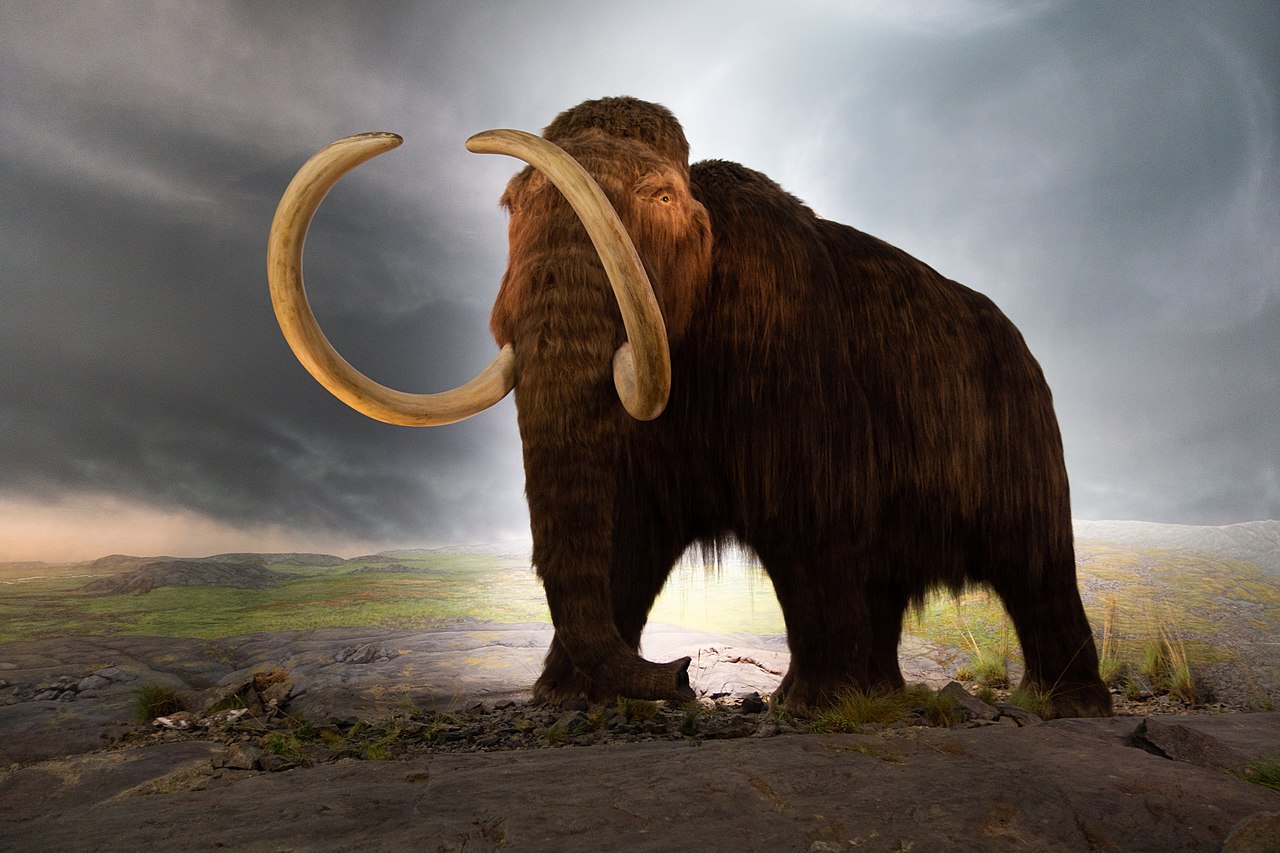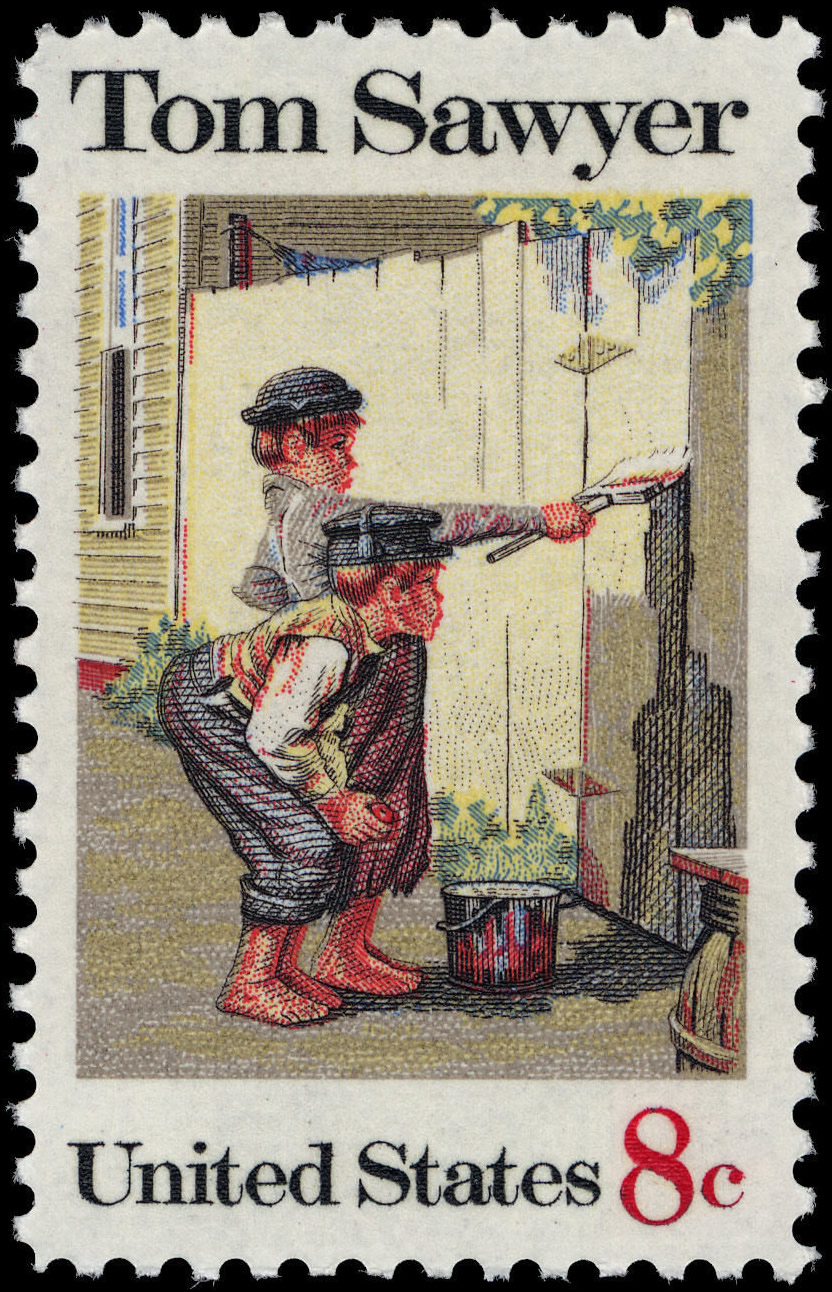CorporateNature No 134
Taking a break can help break up tunnel vision;
While exercise is best done on an empty stomach.
We've all been there. Working on a project, you encounter a seemingly unsolvable problem which drains all your mental energy. You get frustrated and take a break, grab a coffee and a snack or go for a walk. After the short break, you come back to the desk, start working again and then something miraculous happens. The solution to that tricky problem suddenly pops up in your mind effortlessly. It was almost as if there was no problem in the first place. What's that all about?
Taking a break can help break up tunnel vision;
While exercise is best done on an empty stomach.
We've all been there. Working on a project, you encounter a seemingly unsolvable problem which drains all your mental energy. You get frustrated and take a break, grab a coffee and a snack or go for a walk. After the short break, you come back to the desk, start working again and then something miraculous happens. The solution to that tricky problem suddenly pops up in your mind effortlessly. It was almost as if there was no problem in the first place. What's that all about?
TUNNEL VISION - TUNNEL FOCUS
When you are involved in focused mental work (studying, writing or any type of problem solving) your brain tends to zoom in on the task at hand. Most of your efforts go into trying to solve the issue you see "at the end of the tunnel", and there is no energy and processing capacity left for your brain to make sense of the full array of information available. At a certain point, when the amount of incoming information becomes too much for the brain to cope with, you become overwhelmed. The brain starts to falter.
EXERCISE COMPETES WITH DIGESTION
A similar process happens if you exercise on a full stomach:
BREAKS & RETREATS HELP
Just as your body cannot digest food when you are exercising, so you cannot digest your thoughts and focus on the bigger picture while doing your day job. You need a break, a strategic retreat, a change of scenery.
Albert Einstein famously played the violin whenever he encountered a problem while working on his theories. This activity gave his hands something to do and at the same time gave his brain a chance to relax, process the new information and see things with fresh eyes.
Keep this in mind the next time you're stuck on a particularly stubborn problem. The solution is very simple: take a break, change the pace, change the scenery, give your brain time to digest all that information.
 |
| Aerobics (image source: Wikipedia) |



















